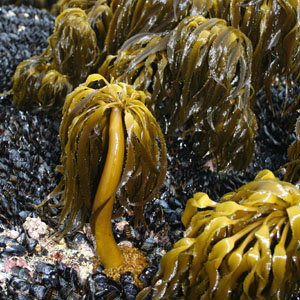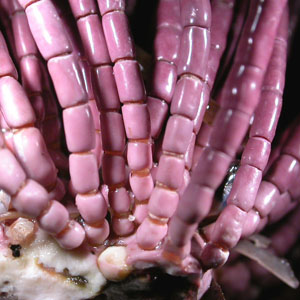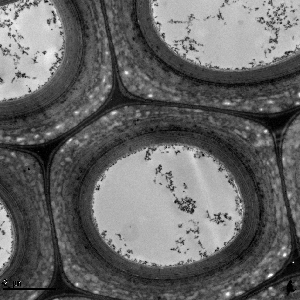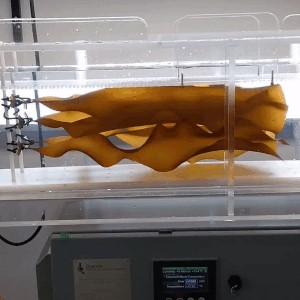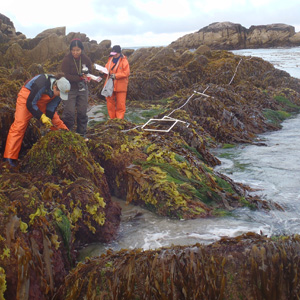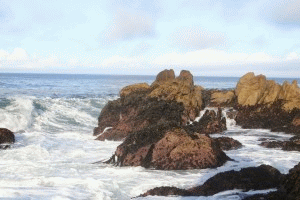
The intertidal zone of wave-swept rocky shores is one of the most physically stressful habitats on Earth. At low tide, marine organisms are faced with terrestrial conditions (e.g., heat and desiccation stresses). At high tide, organisms are pummeled by breaking waves that can apply drag forces far greater than hurricane winds. We are interested in intertidal seaweeds, which must survive these conditions wherever they settle and grow. (rollover image...)
